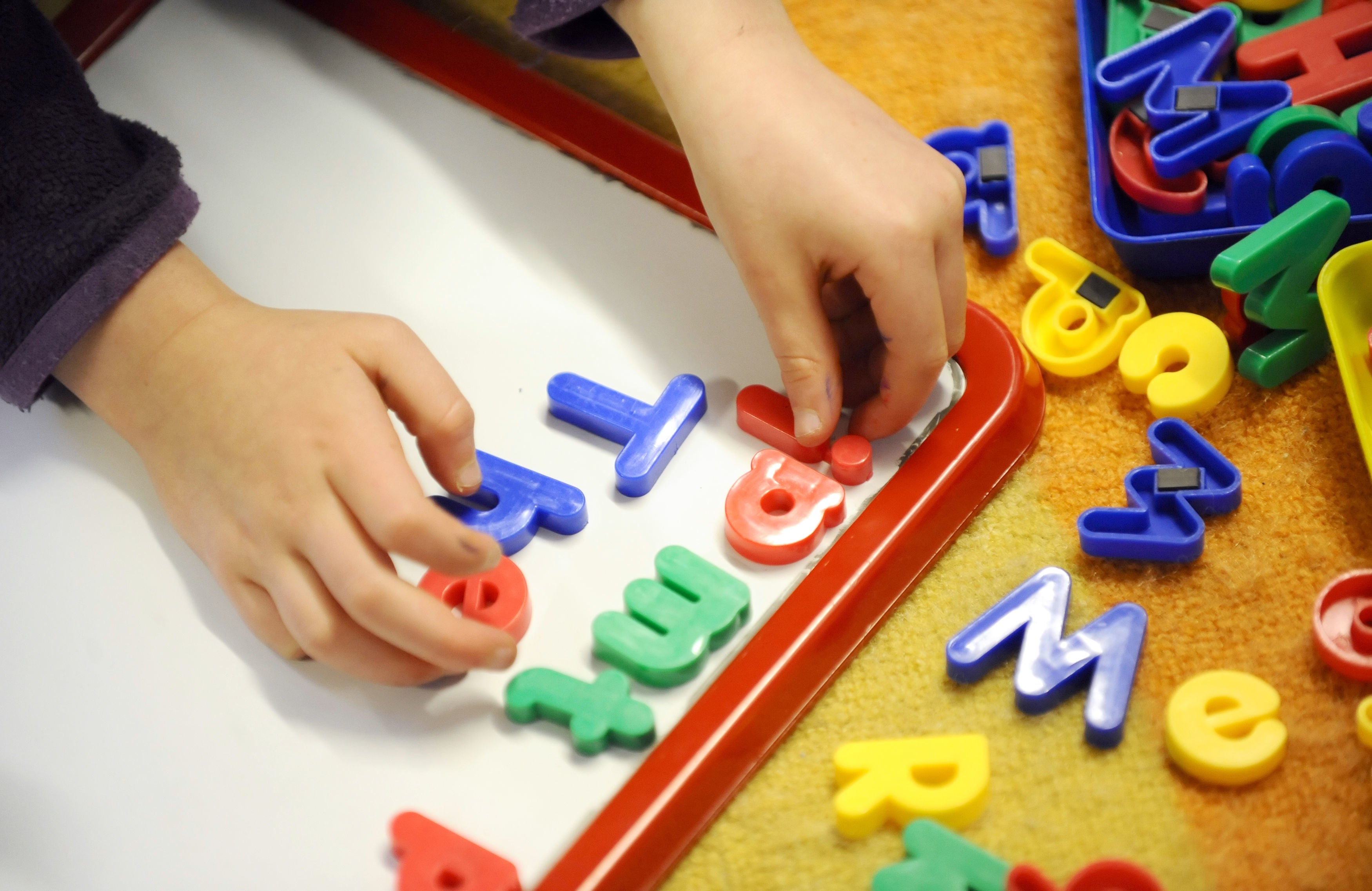Is the £1.4bn education catch-up package simply too small?
Is the new funding pledge undersized, as critics claim, or would it really have been a poor use of public money for the Treasury to approve a larger package? Ben Chu investigates


The education department has announced £1.4bn of additional funding for tuition for children whose schooling has been disrupted by lockdowns over the past year.
It says that sum, spread over three years, will pay for 100 million hours of free-at-the-point-of-use tuition and will be targeted at disadvantaged pupils.
“The package will not just go a long way to boost children’s learning in the wake of the disruption caused by the pandemic but also help bring back down the attainment gap that we’ve been working to eradicate,” says the education secretary Gavin Williamson.
However, teaching unions have criticised the package as grossly inadequate to the scale of the catch-up challenge and a “damp squib”.
And the government’s independent education catch-up tsar, Sir Kevan Collins, resigned on Wednesday saying that the sum was simply too small.
There have been reports that plans for larger package of £10bn was rejected by the Treasury.
“The Treasury was reluctant to sign off on such a big upfront commitment,” according to the BBC.
So is this funding package undersized? Or would it really have been a poor use of public money for the Treasury to approve a larger package?
Teaching unions almost always demand more state financial resources, regardless of the circumstances.
Yet in this instance their calls are being backed by serious educational and fiscal think tanks.
The Education Policy Institute (EPI) last month issued a report which used survey data to estimate the scale of the disruption to children’s learning since the start of the pandemic.
Researchers calculated the extent to which pupils had fallen behind in their learning relative to where they would otherwise have been expected to be.
Then they estimated how much it would cost in tuition and other forms of remedial education to put children back on track and came to the ballpark figure of £13.5bn over the coming three years.
That equates to around £1,500 to £2,000 for each school child.
This was a rough estimate, but it’s reported Sir Kevan had alighted on a similar sum.
Not every pupil will have seen their education disrupted to the same degree. Surveys suggest that the progress of some has collapsed while for others it has been undented.
That’s why the EPI recommends giving sums to schools to enable them to use their discretion on which pupils to focus the tuition.
Schools could thereby decide to spend many thousands of pounds on particularly disadvantaged students, but less on others who don’t need it.
But regardless of the mechanism by which the funds are distributed it’s abundantly clear, as the trade unions say, that the government’s overall package is much smaller than what’s urged by the experts.
“Today’s proposals are an inadequate response to the challenge the country is facing with young people’s education, wellbeing, and mental health,” says Jon Andrews of the EPI.
It’s notable some other developed countries seem to be spending much more on educational catch-up.
The Netherlands is spending the equivalent of £2,600 per pupil and the Biden administration £1,600 per pupil.
The latest UK package works out at around £190 per pupil (although adding in a previous pledges of catch-up funding of £1.7bn takes it to around £420 per pupil).
If it turns out that the Treasury has vetoed a larger package on the justification of saving public money this will almost certainly prove to be a false economy.
The Institute for Fiscal Studies (IFS) estimates that a year of schooling increases an individual’s earnings by 8 per cent per year, on average, in a developed country like the UK.
If one assumes, roughly, that all children in the UK have lost at least half a year of normal schooling the impact on the economy could be north of £300bn.
“Lost learning will translate into reduced productivity, lower incomes [and] lower tax revenues,” explains Luke Sibieta of the IFS.
“The risks of spending ‘too much’ time or resources on this issue are far smaller than the risks of spending too little.”
If £15bn of additional funding for tuition over the next few years could prevent a £300bn loss in future years it would be one of the most productive long-term investments a government could possibly make. It would more than pay for itself by increasing future tax revenues.
If the Treasury is concerned funding of more than £1.4bn would be squandered on inadequate tuition or wasted in other ways by schools that is one thing, but if it is doing so to save money this is simply self-defeating.
The prime minister, Boris Johnson, suggested on Wednesday that additional funding for tuition could be coming “down the track” in the chancellor’s spending review in the autumn.
But the problem with this delay, says Sibieta, is that any additional funds pledged then would probably not be available to be deployed until the autumn of 2022.
It would be far better, in the view of those who have studied this issue, to commit the funds now so that schools can commence their remedial tuition plans right away and start the process of hiring and training tutors for the vast national education catch-up challenge.
Join our commenting forum
Join thought-provoking conversations, follow other Independent readers and see their replies
Comments